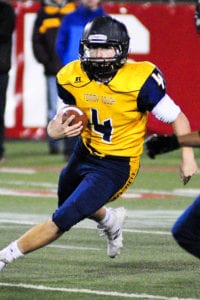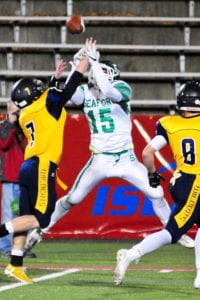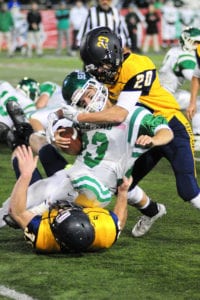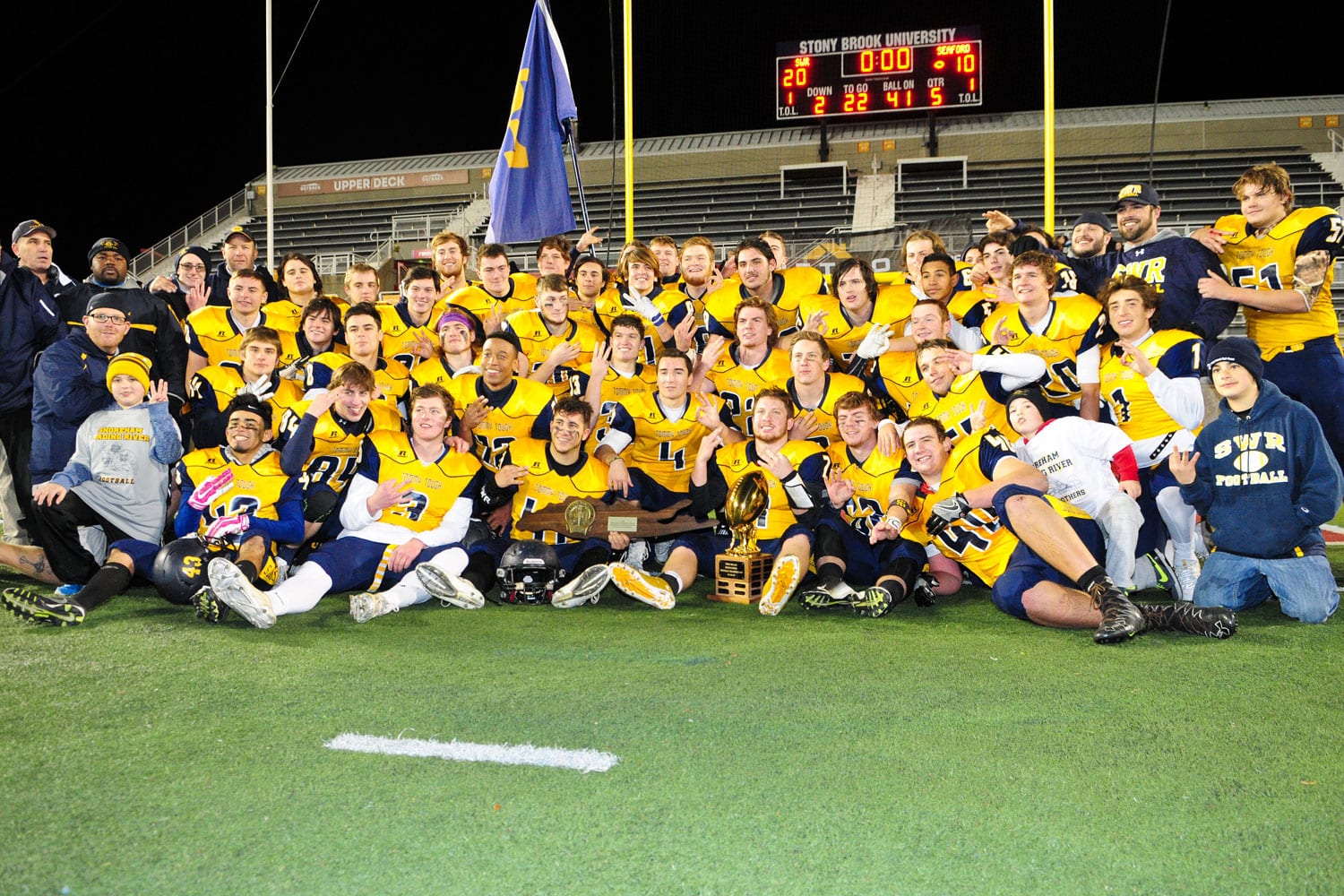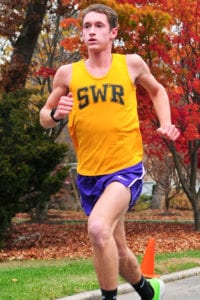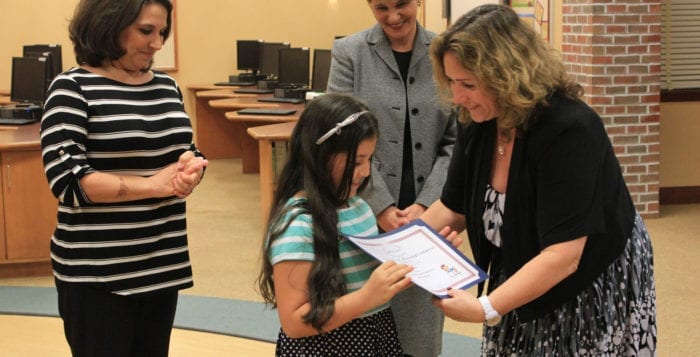By Rebecca Anzel
Opportunities for warming hearts abound during the holiday season and those who give tend to receive much more.
Five years ago, when Linda Bily, cancer patient advocacy and community outreach director at Stony Brook Cancer Center, and others noticed some patients did not have family members to share the holidays with, she started the Adopt a Family program.
The first year, 20 families were “adopted” by 20 departments, which donated gifts such as winter coats, new sneakers and gift cards for grocery stores and gas stations. This year, Bily estimates that 75 families will be adopted by departments and community groups.
“This is a good thing for patients going through chemo because it’s one less thing they have to worry about,” Bily said. “The people that donate the gifts get as much out of it as the patients — and they always go above and beyond. It makes them feel good to do it.”

Patients and their families are nominated by the nursing staff and social workers. The only requirements are that they receive treatment at the cancer center and are facing financial hardship.
Alicia McArdle has been a social worker at the cancer center for two years and nominates families to participate in the program. She said what separates this program from others like it is that it includes cancer patients of all ages, not just children.
“So many people are nominated, it’s unbelievable,” McArdle said. “It’s a way to give our patients joy during a difficult time, and it definitely brightens their days.”
Once a patient agrees to participate he or she gives Bily a wish list. It contains items like a new pair of sweatpants, music, or gloves — never anything like a new Xbox or cellphone, Bily said
“You wouldn’t believe how a new pair of sneakers and a really warm winter jacket can change someone’s life,” McArdle said. “It really helps because most of our patients want to pay their bills first and they put themselves last. It’s nice to put them first for once, and they’re so appreciative for it.” Only first names are shared, in compliance with the Health Insurance Portability and Accountability Act.
Bily said once a group has participated in the program, it almost always does so again. That’s true of the cancer center’s radiology department, which has adopted a family every year. Elizabeth Kramer said her 22-person department looks forward to the holiday tradition.
“We’re all very fortunate and we want to help these people that are in need,” she said. “A lot of them cannot afford to buy gifts for their family, so we enjoy purchasing and wrapping presents for them.”
Radiology is adopting a family of four this year — a mom, a dad and two children. Kramer said the father asked for music to relax and “zone out” while he receives chemo. Kramer added the radiology department always purchases a supermarket gift card as well.
In December 2014, Judith Mitchell, a mother of five was receiving radiation at the center to treat her breast cancer, and she needed help. She knew she would have trouble affording gifts such as clothes and shoes for her holiday presents for her children.
Mitchell was asked by cancer center staff if she wanted to participate in the program.
“The program was a blessing because there’s no way we could have done for these children what our adopters had done,” she said. “It’s nice to know that people are really willing to help others who cannot help themselves, because sometimes when you have cancer, it’s hard. My cancer did not affect me alone, it affected my whole family.”
“What’s nice about this program is that it’s giving and it warms the heart. “It’s such a beautiful experience being able to provide gifts and it gets your mind off yourself during the holiday season.”
— Jennifer Scarlatos
Business owners in the community also get involved.
“What’s nice about this program is that it’s giving and it warms the heart,” Jennifer Scarlatos, co-owner of Toast Coffeehouse in Port Jefferson, said. “It’s such a beautiful experience being able to provide gifts and it gets your mind off yourself during the holiday season.”
She participated in the program with her employees last year, and also helped her daughter’s fourth-grade class at Setauket Elementary School adopt a family.
Teacher Eric Gustafson said it was a great opportunity to remind his students of the importance of giving — not just receiving. He remembered the children excitedly telling each other about gifts they picked out while they all wrapped the presents together.
“It was such a fun day and the kids really got into it,” he said. “Once you put together everything they bought, it made for a pretty impressive pile, and it put us in the spirit of giving.”
Gustafson encouraged other classrooms to participate, and Kramer added churches and other groups should consider it as well.




